Bare root hedging – all you need to know
The science behind landscaping’s busiest season, and our recommendations for reliable, cost-effective hedging.
The bare root and root ball season is by far the busiest time of the year for everyone involved in the horticultural industry, whether you’re a landscaper, a contractor, a purchaser, or even a grower and supplier like Greenwood. The winter months are, and have always been a hive of activity in the soft landscaping world.
But why is that? Why do we specifically pull bare root whips and root ball trees from the ground in the winter months, rather than year round, and why is it so important to plant them in the colder weather? In this blog, we’re going to look at the science behind roots, the benefits of planting bare root hedges, rather than getting potted equivalents, and lastly, give our five recommendations for bare root hedging options for the upcoming season.
The science of roots
One of the key factors behind the timing of the bare root season is the way in which plants behave through the winter months. As we know, plants use roots in order to absorb nutrients and water from the soil, as well as leaves to absorb energy from the sun via photosynthesis. In the warmer months, where the days are longer, and the climate is more temperate, the plant in this season will actively be trying to maximise its absorption of the energy, the water, and the nutrients it needs to grow and to flower, for the purpose of reproduction. On a day to day basis, we notice this through the growth of the plants in this season, as well as the development of foliage in deciduous varieties, or flowering for pollination and reproduction.
What you cannot see from the surface level however, is the activity of the roots, which underneath the soil are expanding, and maximising their ability to absorb moisture and nutrients from the soil. To do this, the roots grow softer, more delicate root hairs, which are much more efficient at absorbing nutrients from the soil, and produce a higher yield for the plant.
These root hairs are far more delicate than the hardy exterior of the roots, making them vulnerable and easily damaged. Leaving these hairs open to sunlight for even a minute can already begin to affect the roots. Causing stress to these root hairs during absorption can have an adverse effect to the overall health of the plant, limiting its ability to soak up nutrients from the soil.
This is why it’s better to lift and move plants outside of its growing season. In colder, winter weather, when the conditions for the plant are more challenging, the roots stop producing these hairs, and the existing ones eventually die out and break off naturally. At this time of year, the plants go into a sort of hibernation, with top growth reduced, and less nutrients/light being absorbed. It is at this time of year that the plants are best placed to with stand unsettlement and movement, which includes replanting. This is why, particularly here in Britain, the winter months are especially important in the landscaping world, as the installation of hedging, trees, and other plants.
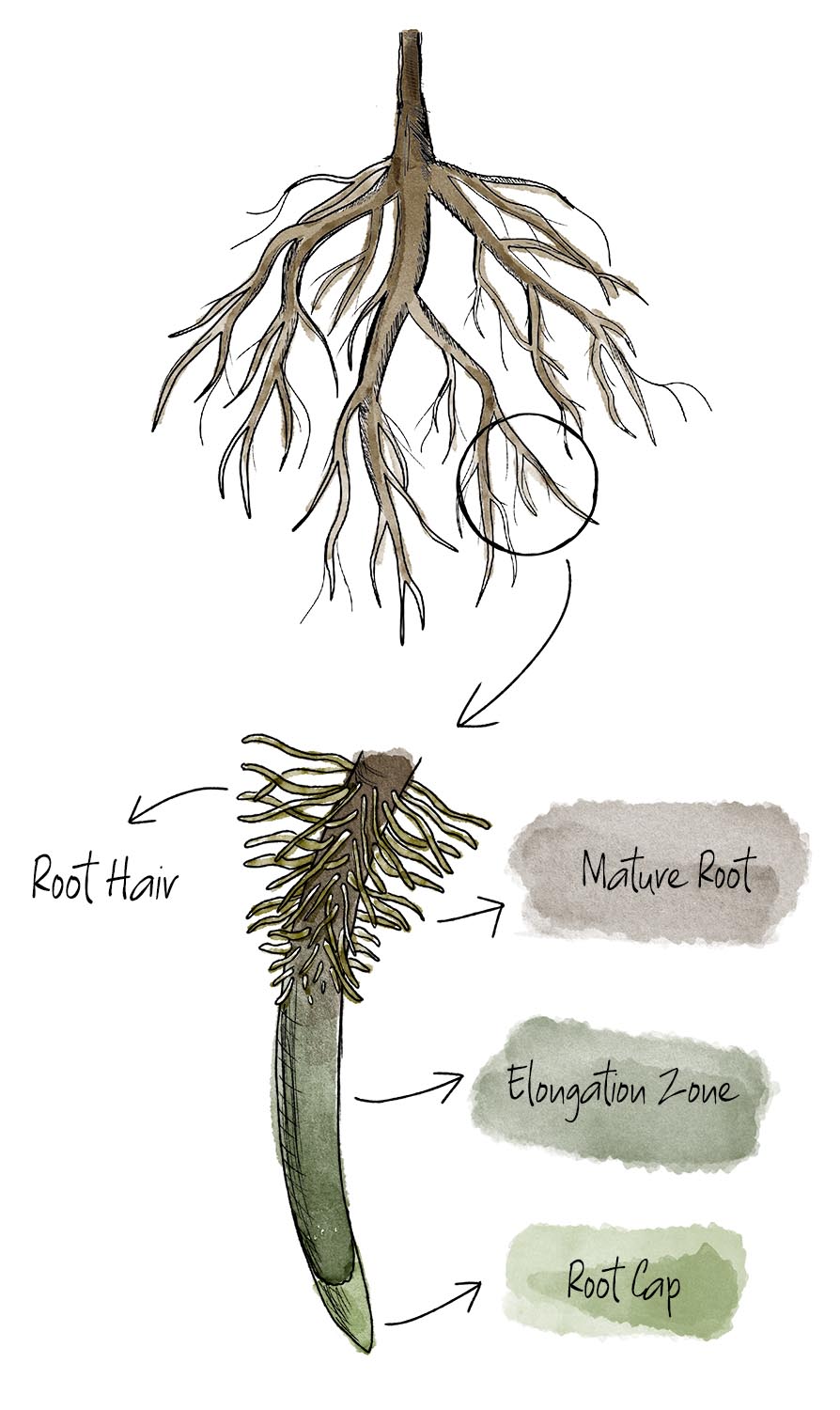
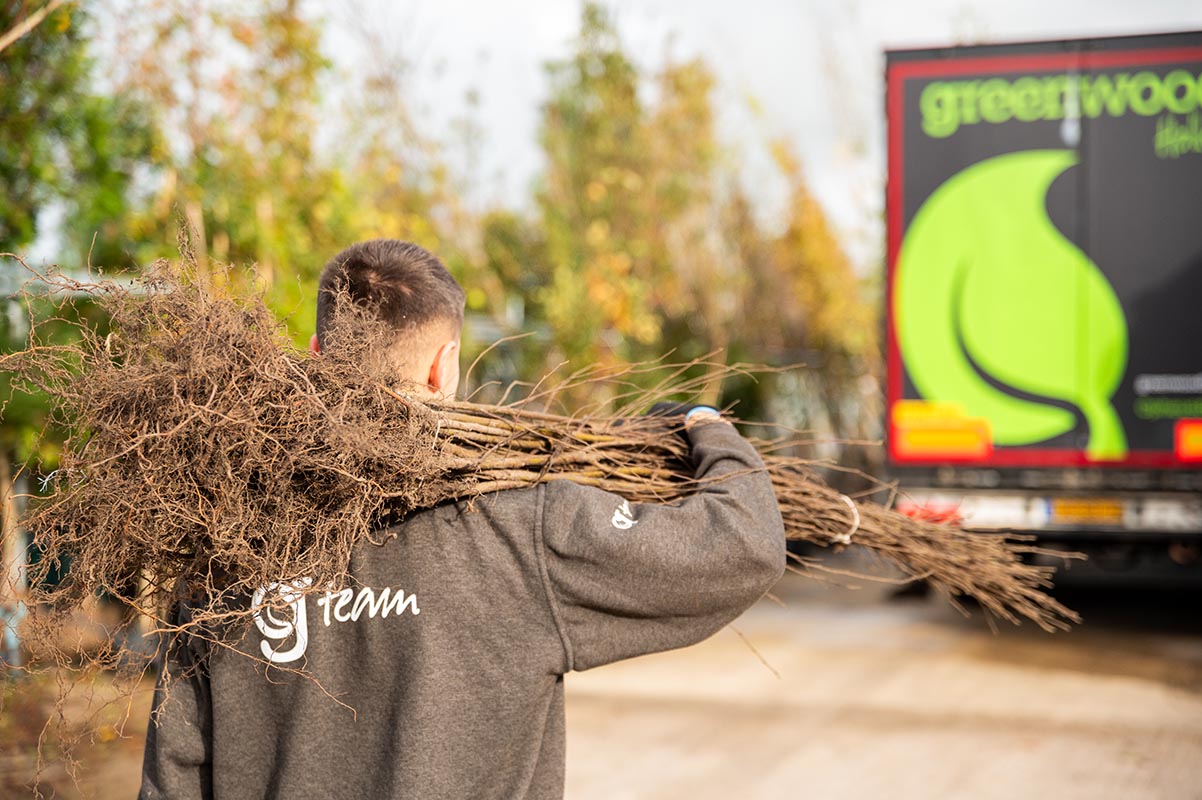
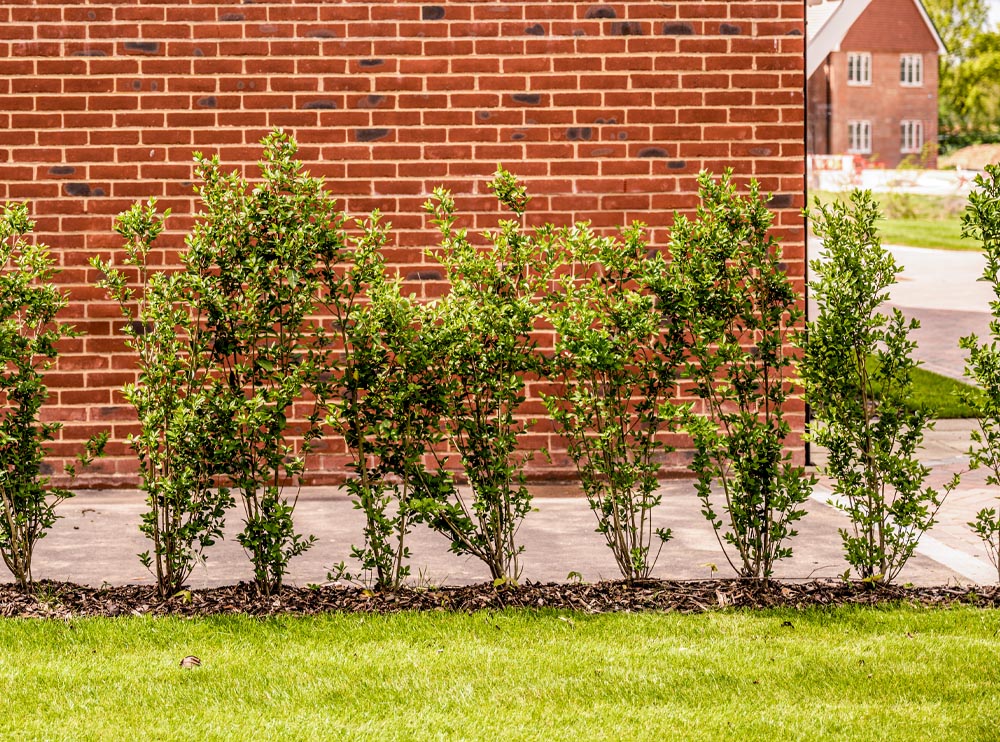
The benefits of planning ahead
Whilst winter is the easiest and safest time to plant hedges, it is of course possible in other seasons, with established plants already grown in containers at a nursery site like one of Greenwood’s. We’ve always got a variety of different hedge plants grown in pots, at various heights, available year round for last minute projects. Unlike bare-root plants, container grown hedges will provide your planting with an instant impact, with full established plants right from the off. Whilst this is useful when in need of a short term solution, or when planting in smaller quantities, there are a number of reasons why this approach isn’t always the best option for a landscaper.
Firstly, more established, ‘instant impact’ container grown plants come at a premium compared to their bare root equivalents. Whilst this option works well for smaller amounts of planting, or if your project needs to have an immediate impact, this can make them uneconomical for bigger projects, especially when a large quantity of plants are required. If you’re planting a small border for a show home that needs to immediately attract the eyes of potential buyers, you’d want established container plants. If you’re planting a fifty-metre hedge at the back of a project, and have the time to wait until the plants establish in the summer, then bare root is by far the most cost-efficient way to plant.
Not only is bare root cheaper to grow, it also doesn’t require the use of plastic pots, saving valuable resources, and the cost of having to dispose of or recycle the pots. Furthermore, the transportation of bare root trees and hedges is a lot cheaper than containers, as you don’t need to carry any soil, with the plants. The bare-root season is an opportunity for landscapers to take advantage of the much more affordable bare-root supply, by planning projects ahead, and planting now, for impact in the summer.
Suggestions for bare-root hedging
When it comes to bare-root hedging, certain species are better suited than others. This is down to the hardiness of the plant, and its ability to withstand the uplifting, the transporting, and replanting. Our choices for sturdy hedging that are likely to thrive in a short space of time are:
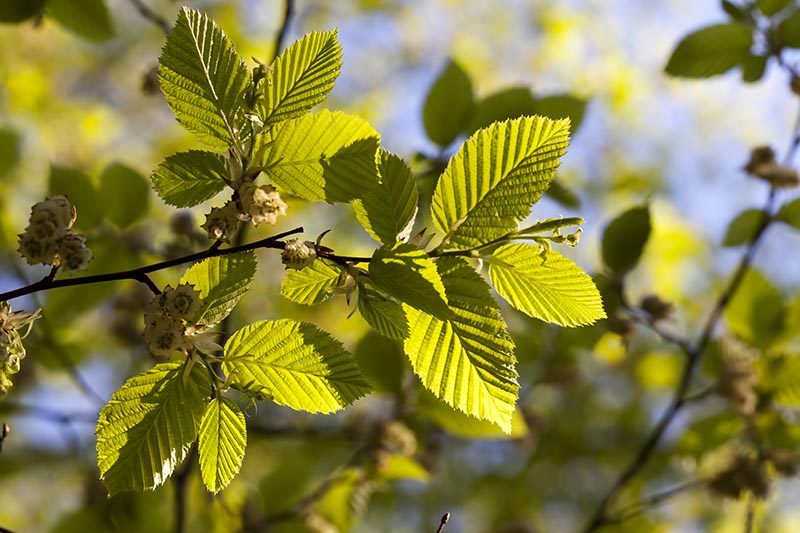
Carpinus betulus
A slow-growing, deciduous tree with oval-shaped, serrated foliage which turns yellow or orange in autumn. In early spring, Carpinus betulus produces green male and female catkins, and the female catkins are followed by heart-shaped fruits. Great for growing as hedging or a specimen plant.
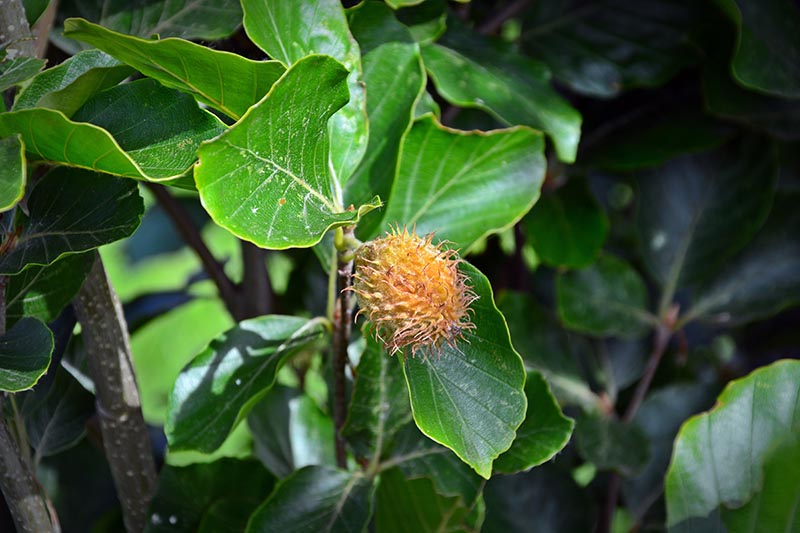
Fagus sylvatica
A deciduous shrub or tree, with elliptic leaves which emerge yellow-green in spring and transition to copper-brown in autumn. Produces green, spring flowers, followed by fruits in autumn. Great for hedging and screens.

Acer campestre
A deciduous tree with five-lobed foliage which turns red or yellow during the autumn months. Produces small, green flowers in spring, which later transition to winged fruits.
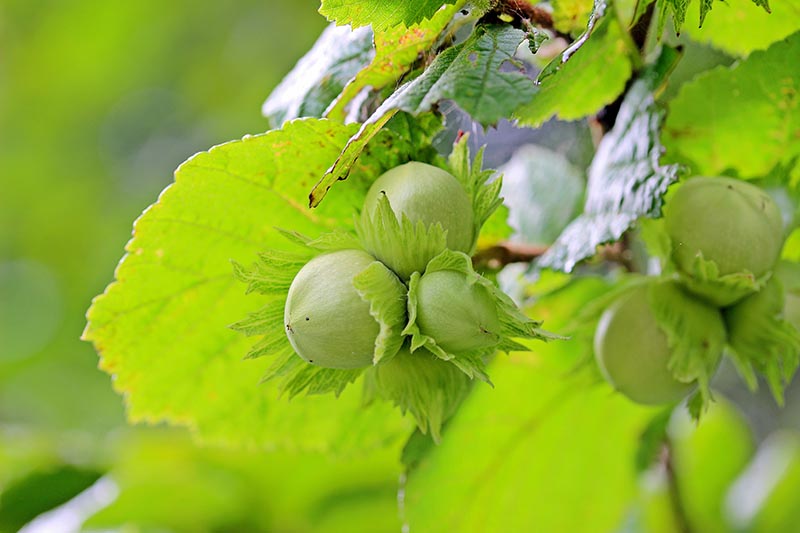
Corylus avellana
A large shrub with green, rounded foliage that transitions to yellow in autumn. Blooms yellow catkins in spring and edible nuts in autumn.
If you would like to learn more about Greenwood’s bare-root offerings, or to place an order, get in touch with the G Team today.

